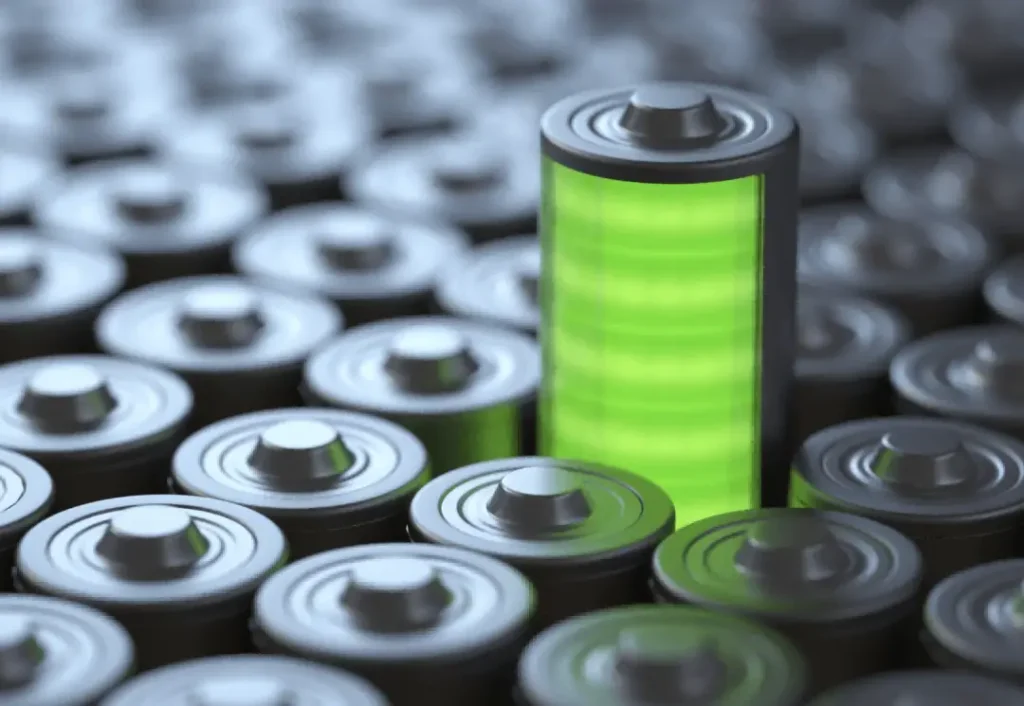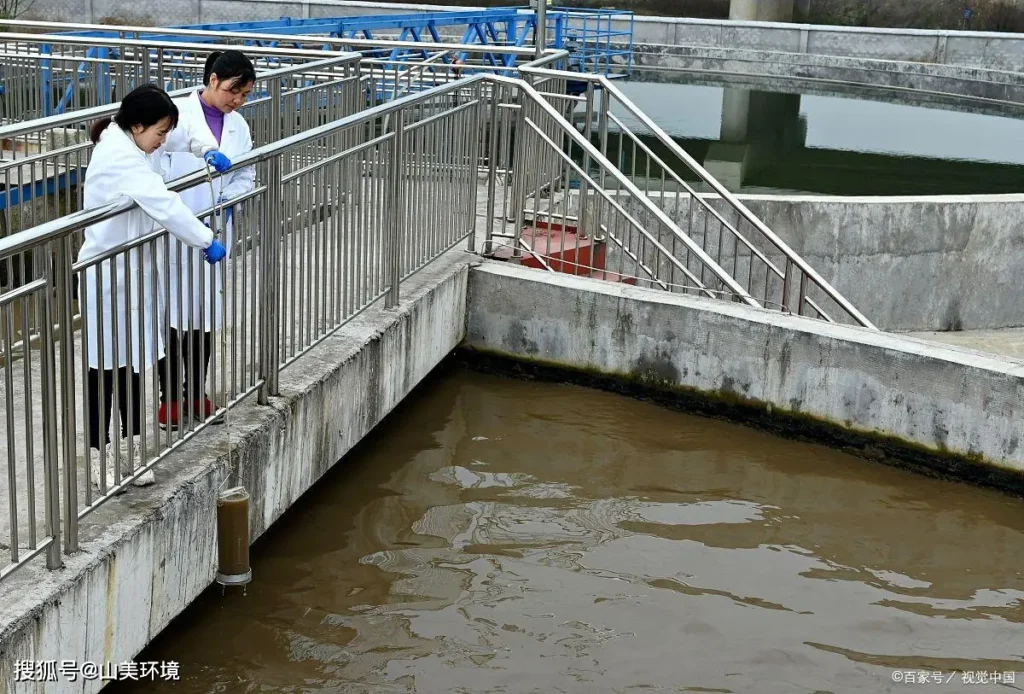Nano Magnesium Hydroxide (Mg(OH)₂) is an inorganic compound with unique nanoscale structure and properties, and has been widely applied in various fields. During its preparation and use, Tengmei strictly controls various parameters and conditions to effectively ensure the safety and quality of the product.
I. Basic Properties
- Molecular Formula: Mg(OH)₂
- Appearance: White fine powder
- Relative Molecular Mass: 58.30
- Odorless and Non-toxic: Non-corrosive
- Refractive Index: 1.561
- Relative Density: 2.36
- Solubility: Soluble in ammonium salt solutions and strong acid solutions; sparingly soluble in water.
- Thermal Stability: Decomposition begins at 350°C; decomposition accelerates at 430°C; complete decomposition at 490°C.
II. Structural Features
Nano Magnesium Hydroxide has a typical nano-layered structure. This structure gives it higher activity and a larger specific surface area, thus exhibiting extremely excellent performance.
III. Preparation Methods
- Magnesium Metal Hydration Method:
- (1) Solid-Liquid Phase Arc Discharge Method: Magnesium strips are used as electrodes, and a 0.5 mol/L NaCl aqueous solution is used as the electrolyte. Processing is performed under 40-200V arc discharge conditions for 5 minutes to obtain Mg(OH)₂ rods with a length of approximately 250 nm and a diameter of 8-10 nm. The purity of the product is very high, but the cost is also high, and the yield is low, making it difficult to achieve industrial production.
- (2) Ethylenediamine Complexation Method: High-purity magnesium metal powder is used as a raw material to obtain nano-magnesium hydroxide rods, which can be used to prepare nano-magnesium oxide rods as superconductor additives. This process requires high-quality equipment and raw materials, resulting in high production costs.
- Direct Precipitation Method:A precipitating agent such as ammonia water or sodium hydroxide is added to a solution containing Mg²⁺, and the resulting precipitate is separated from the solution. By controlling several important reaction conditions, needle-shaped, flake-shaped, and spherical nano-magnesium hydroxide powders can be obtained.
- Homogeneous Precipitation Method:A substance is added to the solution to induce a chemical reaction, resulting in the gradual and uniform generation of a precipitating agent throughout the solution, allowing the reaction to proceed uniformly.
- Reverse Precipitation Method:A salt solution is added to an alkaline precipitating agent, keeping the pH of the reaction system within the alkaline range. This prevents the agglomeration of magnesium hydroxide particles, resulting in uniformly distributed, small-sized nano-magnesium hydroxide particles.
- Hydrothermal Method:Under high pressure and high temperature conditions, the reactants react in media such as steam or aqueous solutions to obtain the target product, which is then subjected to heat treatment or separation to obtain nano powders. Compared with other production processes, it has the advantages of complete crystal development, uniform distribution, and small particle size.
- Liquid Phase Pulsed Laser Ablation Method:A laser pulse is used to bombard a metallic magnesium target immersed in a liquid, causing its surface to vaporize or melt. The resulting clusters or magnesium atoms react with the solvent at the contact surface to obtain clusters or magnesium hydroxide molecules.
IV. Application Areas
Rubber and Plastics Field:Nano Magnesium Hydroxide can be uniformly dispersed in plastics and rubber products such as PP, PA, PVC, and ABS, and is widely used in high-end products such as high-grade cable materials, rubber and plastic elastomers, and household appliances. It effectively improves the smoke suppression, flame retardancy, anti-drip, and other properties of the materials.

Lithium Battery Field:Nano Magnesium Hydroxide has high activity, a large specific surface area, and small particle size. It can be uniformly dispersed in battery materials through modification methods such as in-situ coating, which greatly improves the overall performance of the materials. At the same time, as an insulator, it is added inside the battery to prevent cross-polar reactions of lithium ions and effectively isolate the positive and negative electrodes, which greatly improves the stability and safety of the battery. In addition, nano-magnesium hydroxide can absorb moisture inside the battery, thereby reducing the generation of harmful substances such as internal battery pressure, effectively protecting battery performance and extending its service life.

Medical Field:Nano Magnesium Hydroxide is a green food preservative with very good preservation effects. For example, when storing potatoes, applying a layer of magnesium hydroxide emulsion with a mass fraction of 3% on the surface can significantly inhibit the production of plant pathogens. Therefore, nano-magnesium hydroxide is considered a reliable and safe food additive.
Environmental Protection Field:In the treatment of industrial waste liquids, nano-magnesium hydroxide can adsorb heavy metal ions such as Cr⁶⁺, Cr³⁺, Cd²⁺, and Ni²⁺, which are harmful to the environment. At the same time, nano-magnesium oxide (produced by high-temperature calcination of nano-magnesium hydroxide) has the advantages of large adsorption capacity, rapid reaction, and fast adsorption rate as a chemical adsorbent, and plays an important role in environmental protection, industrial production, etc. It is mainly used to adsorb concentrated hydrochloric acid, nitrogen oxides, sulfur oxides, chlorine, and certain phosphorus-containing compounds.

Other Fields:Nano Magnesium Hydroxide can also be used to prepare glass, enamel, ceramics, and other magnesium compounds, and can also be used as thermal insulation materials.
V. Precautions
- Storage Conditions:Nano Magnesium Hydroxide should be stored in a well-ventilated, cool, and dry place, avoiding contact with humid air to prevent deterioration.
- Safe Use:When using nano-magnesium hydroxide, remember and follow relevant safety operating procedures to avoid direct contact with eyes, skin, and other parts of the body. If contact occurs accidentally, immediately rinse with plenty of water according to the actual situation. Seek medical attention promptly if the condition is serious.

